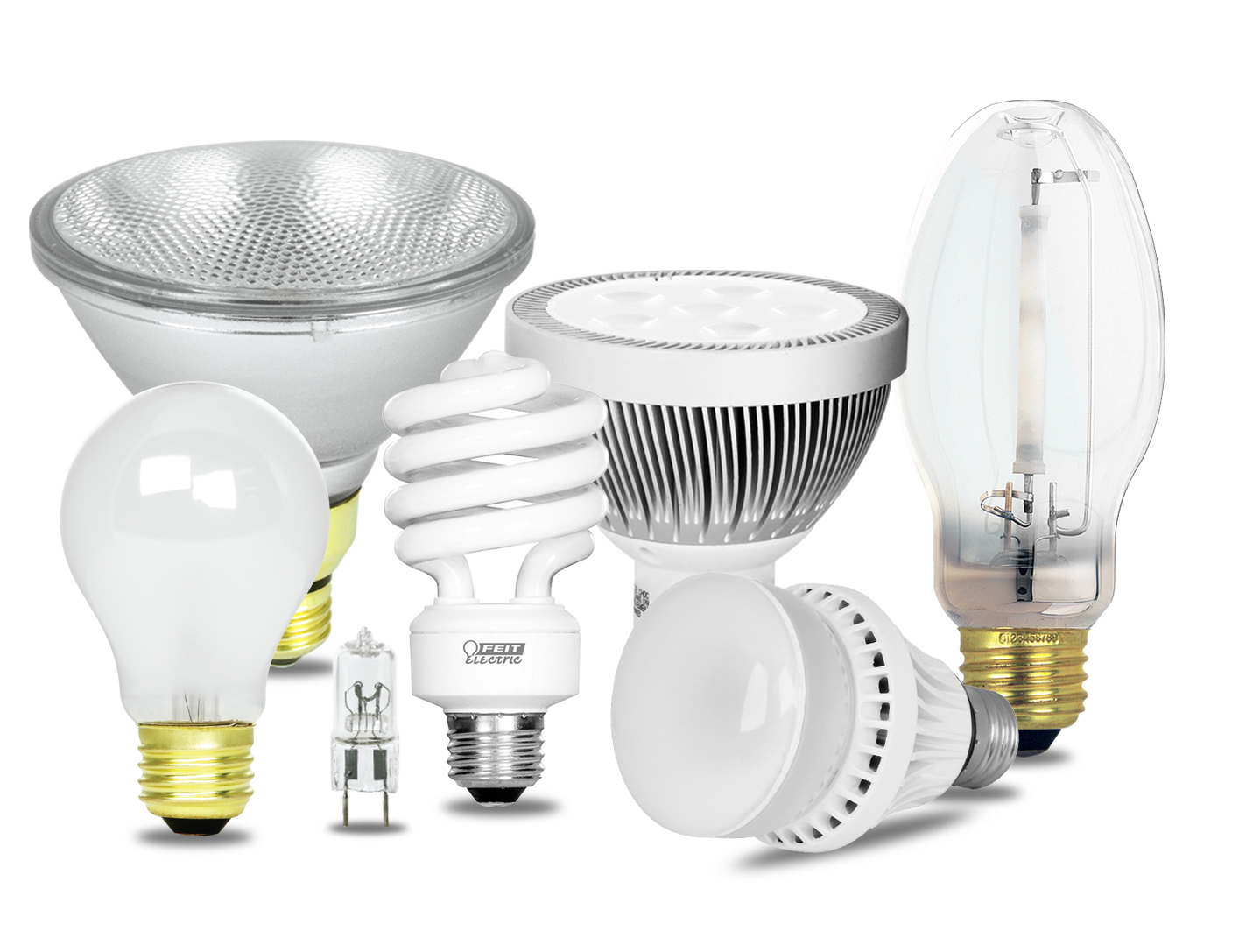Different Types Of Light Bulbs

Energy conservation is becoming more and more of a concern to the average person. Whether it be for environmental or economic reasons, every day more people are concerning themselves with the ins and outs of their energy usage. Some choose to update their properties with a home energy management system so they can keep tabs on every part of their energy use, which can be a fantastic method. Other people may not be able to do such modifications to their home, however, and may look for other methods that take less uprooting. This is especially true for those renting. which is why more about more people are hunting for cheaper energy bills through websites similar to Usave (https://usave.co.uk/energy/). One of the most immediate approaches to a solution is to use more energy efficient light bulbs.
Key terms:
Watt (W): rate of energy consumption. The lower the watts, the lower the electric bill
Lumens: amount of light emitted from a light bulb. More lumens means brighter light
Major types of light bulbs:
Incandescent: is the most commonly used light bulb. It produces light when a thin wire (tungsten filament) is heated by electricity running through it making it so hot that it starts to glow brightly. Many countries, including the United States, are currently passing legislation phasing out the sale of these bulbs for being so inefficient.
Compact fluorescent light bulbs (CFL): consume a quarter of the energy that incandescent bulbs do and last 10 times longer. These bulbs are filled with mercury vapor that emits UV light when electricity is applied. Coating inside the bulbs turns the UV rays into visible light. UV light has practical applications too, like helping plants to grow in greenhouses and disinfecting hospitals. You can learn more here about how UV light is used in healthcare settings to ensure proper hygiene.
Halogen: often found in homes as spotlights or floodlights. They work in a similar way to incandescent light bulbs by running electricity through a tungsten filament. Unlike the incandescent, a halogen gas is inside the bulb. When the tungsten burns off the filament, the gas re-deposits it back onto the filament to be used. They last longer than incandescent bulbs.
Light emitting diodes (LED): long lasting and extremely energy efficient. Use an electrical current passed through semi-conductor material to illuminate the tiny light sources called LEDs. The bulbs are cool to the touch meaning no heat is wasted and they are highly efficient.